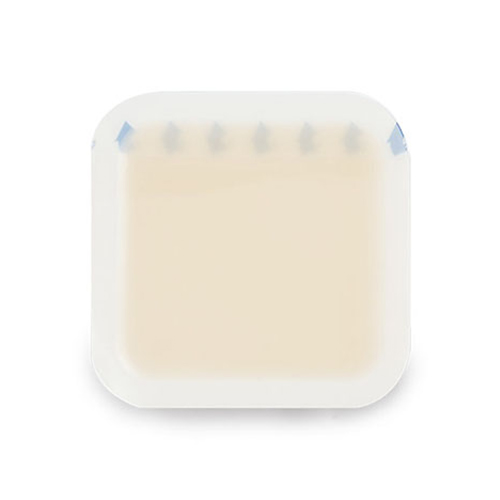News Categories
A Hydrocolloid dressing is a wound dressing that is commonly used in clinical settings to treat different types of wounds. It works by creating a moist environment that promotes wound healing while preventing bacterial infection. Hydrogel dressings, on the other hand, are another type of wound dressing that promotes wound healing by providing a moist environment. Although these two dressings have some similarities, they also have some unique features. In this article, we will explore the differences between Hydrocolloid dressings and hydrogel dressings.

1. Hydrocolloid dressing.
Hydrocolloid dressings consist of a combination of hydrophilic colloidal particles and adhesive backing material. They are designed to act as a barrier between the wound and the external environment, thus promoting an optimal healing environment. These dressings are commonly used to treat chronic wounds such as pressure sores, lower extremity venous ulcers and diabetic foot ulcers. They also help to reduce the frequency of dressing changes and the risk of maceration.
In general, Hydrocolloid dressings are opaque in appearance and come in different thicknesses to accommodate different types of wounds. They are elastic and conform to the contours of the wound, thus providing a comfortable fit for the patient. One of the advantages of Hydrocolloid dressings is that they do not need to be changed as often, thus reducing the cost of wound management. However, they are not suitable for wounds with high exudate content, as they may become saturated and lose their adhesive properties.
2. Hydrogel dressings.
Hydrogel dressings are made of water-based gels bound together by a network of polymers. They are designed to provide a moist environment that mimics the natural wound healing process. These dressings are commonly used to treat dry or partially dry wounds, including surgical wounds, lacerations and abrasions. They have a cooling effect that helps to relieve pain and reduce inflammation.
Unlike Hydrocolloid dressings, hydrogel dressings are transparent and allow visual inspection of the wound without removing the dressing. They also come in different thicknesses and shapes to accommodate different types of wounds. One of the advantages of hydrogel dressings is that they are easy to apply and remove, which makes them suitable for treating wounds in sensitive areas. However, they are not suitable for heavily exuding wounds, as they can leak and cause maceration.
3. Difference between Hydrocolloid dressings and hydrogel dressings.
There are a number of differences between Hydrocolloid dressings and hydrogel dressings. These include:
(1) Adhesion: Hydrocolloid dressings are adhesive, while hydrogel dressings are non-adhesive. This means that Hydrocolloid dressings can adhere to the skin around the wound, whereas hydrogel dressings require a secondary fixation to stay in place.
(2) Moisture content: Hydrocolloid dressings are more absorbent and are suitable for wounds with high exudate volume, while hydrogel dressings are less absorbent and are suitable for dry or partially dry wounds.
(3) Transparency: Hydrocolloid dressings are opaque, while hydrogel dressings are transparent. This means that hydrogel dressings allow visual inspection of the wound without removing the dressing.
(4) Comfort: Hydrocolloid dressings are more flexible and fit the wound contour better, while hydrogel dressings are less flexible and may require secondary fixation to stay in place.
In summary, Hydrocolloid dressings and hydrogel dressings are two wound management products that provide a moist environment for wound healing. Although they have some similarities, they also have some differences that make them unique. It is important to understand the differences between these two dressings when choosing the most appropriate wound management product. This will help improve patient outcomes and reduce the cost of wound management. Hydrocolloid dressings are more suitable for wounds with high exudate levels and have an adhesion advantage, while hydrogel dressings are more suitable for dry or partially dry wounds and have a transparency advantage. If you need more detailed information, please feel free to contact us!
Changzhou Major Medical Products Co., Ltd. was established in June 2005, focusing on the field of medical supplies for 17 years. It is a high-tech enterprise that is quality-oriented, engaged in the research and development, production and sales of advanced medical dressings.